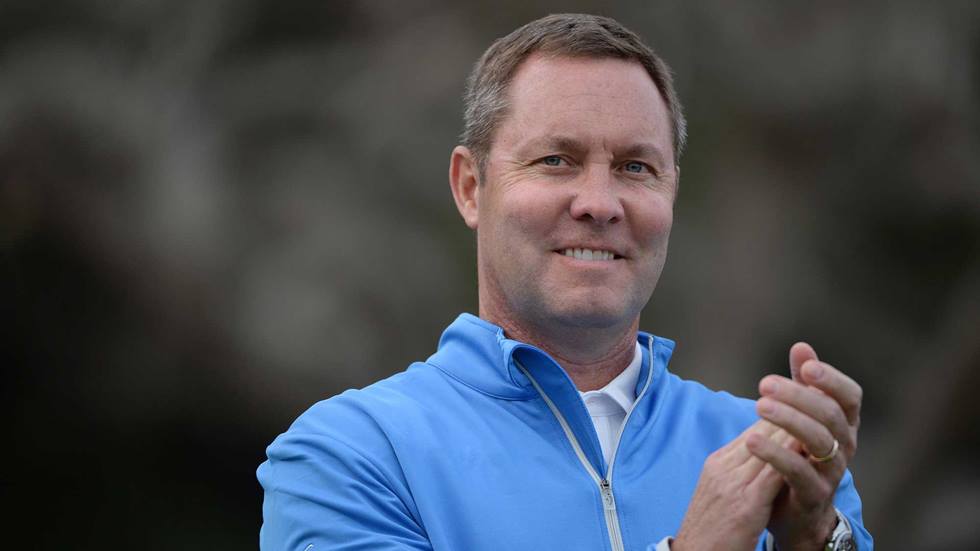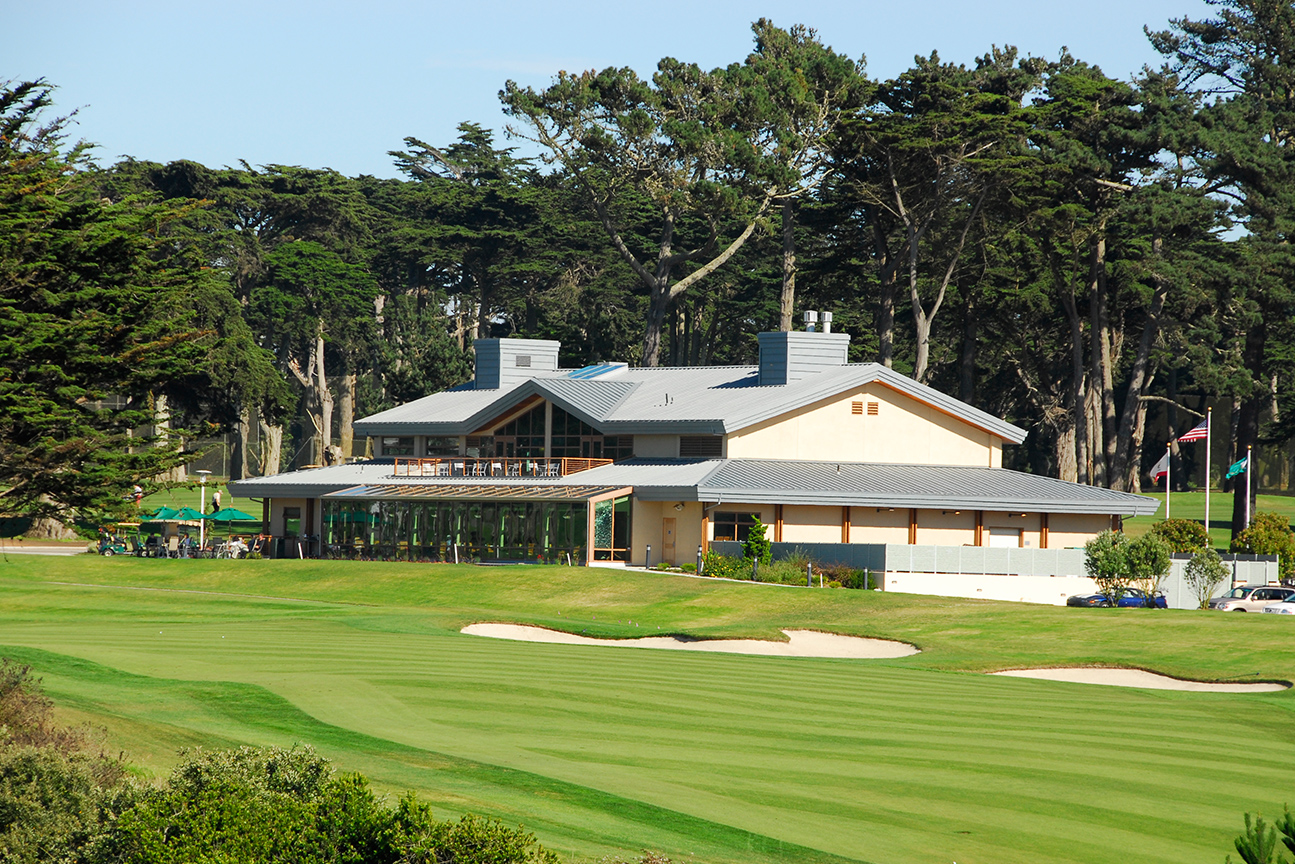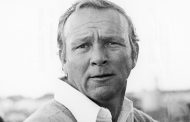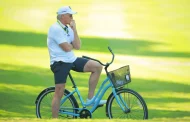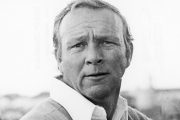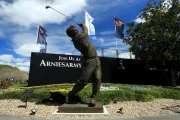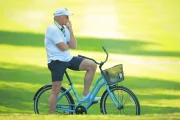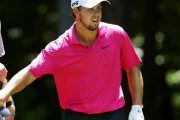Mike Whan wants to get the LPGA Tour back in action — but he wants to take a bit longer than the PGA Tour.
Whan said earlier this week that the LPGA plans to get back to business with the first tee shot on on Thursday, July 15, more than a month after the proposed restart for the PGA Tour. The ladies will show up in Midland, Michigan to play in the Dow Great Lakes Bay Invitational.
In all, there will be 21 events, 13 have been rescheduled from their original dates and will be played in the latter half of the season.
Good news for that tour is that all five of their major championships have been preserved with the revised schedule.
Whan was philosophical about the July target.
“If you ask me would I be excited if the PGA Tour got started a month before we did, I probably would, because I do think we’d learn a lot from them,” Whan said. “If the NBA starts up weeks before the LPGA starts up, I’ll take my share of abuse, for ‘Why were you guys so slow?’ But this is one where I don’t mind learning from other people that might be smarter than me, who might have more resources, to make sure that our plan, if it could be bolstered, is bolstered.”
The LPGA is at a financial disadvantage. It doesn’t have anything close to the deep pockets and war chest stashed away by the PGA Tour. Fact is though, that the ladies tour is in much better shape now than it used to be.
“It doesn’t put us on a death watch,” he said of his tour’s finances, “but I’ve been very proud and I’ve said in many interviews, we’ve saved more money in the last 10 years than in the 60 years before, but it’s possible in 2020 we could eat up most of the savings we saved in the last 10 years in 10 months. When we’re not playing and not producing TV, and as a result not delivering for international partners, it hurts players, it hurts caddies, and I can promise you it hurts the LPGA.”
The one important point Whan made is that nothing in the return schedule is etched in stone. He said the LPGA will evaluate each tournament’s viability 45 days ahead of its planned start, that includes whether spectators will be allowed and whether pro-ams will take place.
Like everyone else, Whan knows well the importance of COVID-19 testing.
“What we’re really hearing is that testing could be available in large supply by the end of May,” said Whan, “so if you kind of – if you do what we do in COVID world, which is to say, well, that sounds good but let’s just build a few weeks out on to that, and I mean by large supply, I mean tens of millions, so not a couple hundred thousand where you really get to the point where testing is pretty regularly available to anybody.”
Whan said that while testing details continue to be worked out, he has informed players to expect to be tested regularly, at every event.
“I’ve said that from the beginning; we’re not going to get back until I believe we can create an environment that’s not just safe for our athletes and our caddies but safe for our staff, safe for the people that are volunteering around our event and for the cities we enter,” Whan said. “We obviously realize when we show up we’re a pretty global group, and we’re coming from all over the world. I want to make sure that town feels as comfortable as I do about us coming and about us staying healthy along the way. Yeah, I would tell you that a lot of our timeline is built around our comfort level in delivering an operations plan that we think creates a program safe enough for us.”
To that end, Whan said he’s not sure if they’ll be virus testing players and caddies every day, but he does expect there to be some kind of daily test. “At a minimum you’ll probably be getting a fever scan,” he said, “a thermal scan for fever with facial recognition.”
He estimates that the cost of testing for the rest of the season will come close to seven figures.
Whan’s done an incredible job and his thinking on his tour’s safety protocols is spot-on.
He’s leading the way a commissioner is supposed to.
Good on ‘ya, Mike Whan!


